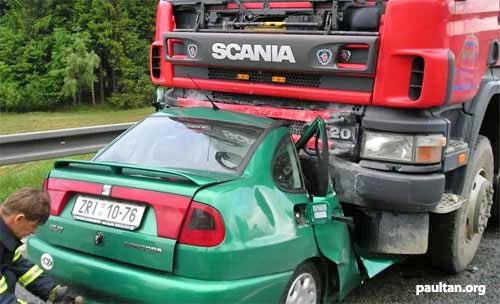Early Drilling
Cable Tool Method
The cable tool method of drilling, used by
Edwin Drake, was a simple method that used several physics related
concepts. In this drilling method, a very heavy point piece of metal
was hoisted very high in the air and released. The reason that it was
lifted very high is because of the principle that “a freely falling
object is any object moving freely under the influence of gravity
alone, regardless of its initial motion. Any freely falling object
experiences an acceleration directed downward, regardless of its
initial motion.”(4) Since gravity is approximately 9.81 m/s^2, the
higher the object is in the air, the faster the velocity will be once
it hit’s the ground. You can use the equation below to approximate the
final velocity. (note that this is assuming there is no initial
velocity)
(Velocity final)^2=2(gravity)(distance)
The reason that the object at the end of the line is very heavy is
because of the equation
F=ma
In this equation, F is force, m is mass and a is acceleration. Since
the acceleration will be gravity, the only way to increase the force is
to increase the mass. As Newton’s second law states “when viewed from
an inertial reference frame, the acceleration of an object is directly
proportional to the net force acting on it and inversely proportional
to its mass”(4). Also think of it as what you would rather catch when
playing football. Would you rather catch a regulation football or a 100
kilogram football? You would choose the first choice since it weighs
less and has a less likely chance of hurting you immensely. The reason
the 100 kilogram ball would inflict harm is because it has more
resistance to changing its velocity than the regulation ball.
Another important concept to understand for the cable tool method
of drilling is linear momentum. The linear momentum of a particle
or object “is defined to be the product of the mass and velocity”(4).
p=mv
Where p is momentum, m is mass and v is velocity.
Since this statement is equivalent to Newton’s second law, you can
see that the change of momentum over the change of time will yield
the force.
F=(momentum final-momentum initial)/(time
final-time initial)
If you are able to have a great difference in the momentum while
achieving it in a short time span, you can have a very large force.
Furthermore, if there is an inelastic collision that causes the change
in momentum, then “the total kinetic energy of the system is not the
same before and after the collision”(4). This is the case with the
cable tool method just like with a car collision. The reason that the
kinetic energy is not the same is because there is another form of
energy that it becomes. It couldn’t just disappear. It instead follows
the conservation of energy law: “we can neither create nor destroy
energy--energy is always conserved”(4). In the case of the cable tool
method of drilling, the energy probably went into mechanical waves and
heat. Mechanical waves are a means of transferring energy by “allowing
a disturbance to propagate through air or another medium”(4). This is
the noise you would hear from the metal piece hitting the ground.
[h]
[g]
In the case of vehicle accidents, transfer of energy would occur from
work, mechanical waves, heat and maybe even matter transfer. Matter
transfer involves situations where matter would physically cross a
boundary.
The reason that the metal piece is pointed in the cable tool method is
because of pressure. Pressure is defined as the force over the area.
P=F/A
Where P is pressure, F is force and A is area.
If the cable tool is able to establish enough
pressure on its tip, it
will cause the rock formation
to conform. When this did occur, the
workers at
the well would remove the rock fragments by
hand. The main
problem with this type of drilling
is that there is no way to control
from oil and gas
blowing out into the surface once the formation
was
punctured. This is also due to pressure;
pressure of the rock formation.
[f]

 Geological
Aspect Origins
of
Petroleum Edwin Drake Pressure Oil
Industry
Facts References
Geological
Aspect Origins
of
Petroleum Edwin Drake Pressure Oil
Industry
Facts References
